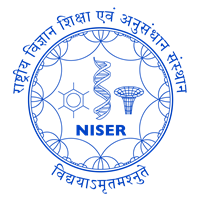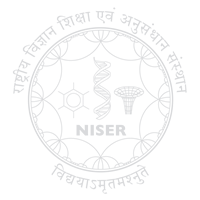Course: UG-Elective
Approval: 42 Lectures + 14 Tutorials
Credit: 8
Outcome:
This course teaches the students important concepts and methods in astronomy and astrophysics, with the aim to build their background for future research work in this area.
Prerequisite:
P201 (Classical Mechanics I), P204 (Electromagnetism I) & P304 (Special Theory of Relativity)
Syllabus:
Part I: Introduction and Tools
- Tools - astronomical objects, scales, distance ladder, astrometry, magnitude scale
- Gravity - Kepler’s law, Virial theorem
- Radiation physics - radiative flux, transfer function, absorption, scattering and emission, Einstein coefficient, local thermodynamic equilibrium, source function and line formation, concept of opacities
Part II: Stars
- Stars and stellar structures - stellar spectra, HR diagram • Equilibrium in stars
- Star formation and Protostar
- Stellar evolution
- Supernovae
- Black holes and gravitational waves
Part III : Interstellar medium
Part IV: Galaxies
- The Milky way Galaxy - distribution of matter, differential rotation, formation of the spiral arms
- Elliptical and Spiral Galaxies
- Evidence for dark matter
- Active Galaxies - Active Galactic Nuclei, Seyfert Galaxies, Quasars, Blazers
Part V: Magnetic Fields
- Astrophysical phenomena where magnetic fields are critical
- Galactic magnetic fields - dust and synchrotron polarization, Faraday rotation, Zeeman measurements
Part VI: Gravitational Lensing
Part VII: Clusters and Superclusters (optional)
Part VIII: Cosmology (optional)
- Cosmological Observations and the Cosmological Principle
- Newtonian Cosmology and Cosmological Models
- Cosmic Microwave Background
Reference Book
- Fundamental Astronomy by H. Karttunen, P. Kröger, H. Oja, M. Poutanen, K. J. Donner
- Introduction to Modern Astrophysics by B. W. Carroll and D. A. Ostlie
- An invitation to Astrophysics by T. Padmanabhan
- Astrophysical Concepts by Martin Harwit
- Introductory Astronomy and Astrophysics by Zelike and Gregory
- Universe by Roger Freedman
- Physical Universe by F. Shu
- Astrophysics Processes by Hale Bradt
- Radiative processes in Astrophysics by Rybicki and Lightman
- An introduction to Astronomy and Astrophysics by Pankaj Jain
- Quasars and Active Galactic Nuclei by Kembhavi and Narlikar


